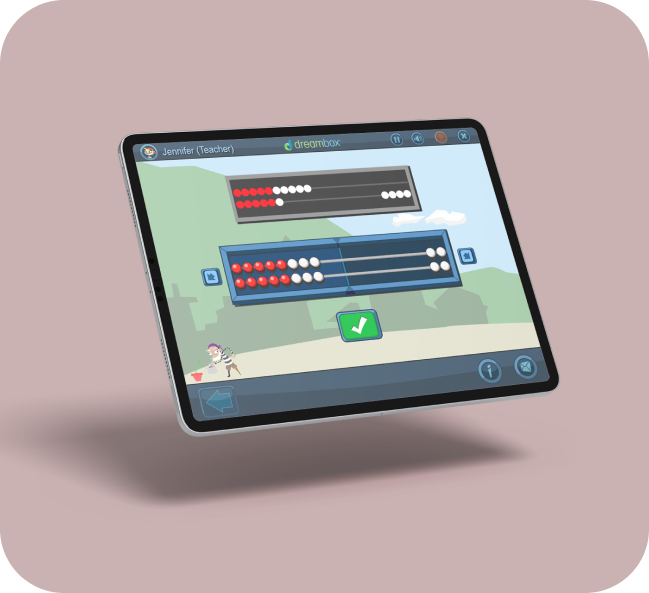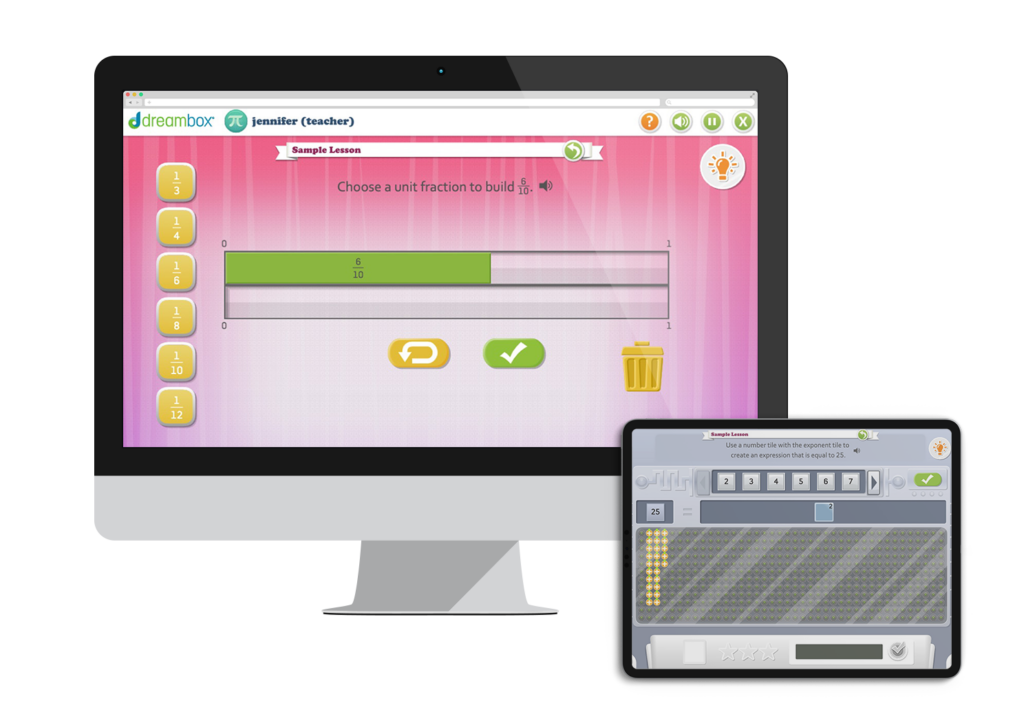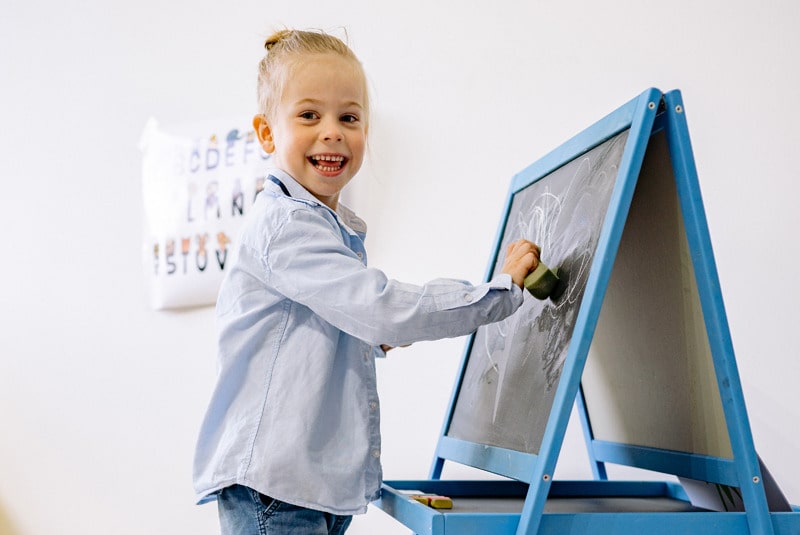The top 10 tips to help your 2nd grader progress in math while boosting their confidence and making learning enjoyable along the way!

Inspire learning with DreamBox second grade math
Help your second grader build essential math skills with interactive games and a proven curriculum
Mastering second-grade math concepts is critical for a strong learning foundation. From measuring objects to drawing shapes, our online math program helps strengthen your second grader’s essential skills. With exciting challenges and interactive activities, DreamBox Math helps your first grader build confidence in their abilities—all while having fun!
Inspire learning With DreamBox second grade math
Help your second grader build essential math skills with interactive games and a proven curriculum
Mastering second-grade math concepts is critical for a strong learning foundation. From measuring objects to drawing shapes, our online math program helps strengthen your second grader’s essential skills. With exciting challenges and interactive activities, DreamBox Math helps your first grader build confidence in their abilities—all while having fun!

Learning tailored to your child
ADAPTS TO THEIR NEEDS
Each second grader learns uniquely, and DreamBox adjusts in real time to meet their needs. Whether they’re excelling or needing extra guidance, DreamBox personalizes lessons to ensure steady growth.
Simple and stress-free startup
NO COST TO START
Getting started with DreamBox is effortless! Sign up for a free 14-day trial—no credit card required—and explore a program designed to help your child succeed in math.


Focus on what matters
TARGET SPECIFIC SKILLS
Is your second grader excelling in subtraction but needs more help with geometry? DreamBox’s assignment tool lets you track progress and assign lessons to focus on improvement areas. Customizing lessons builds confidence and reinforces critical skills.
Start your free trial
See how DreamBox can help your second grader with math by signing up for a free trial today.
No credit card required!
Parents and teachers love DreamBox
“These are at-home kids, who will get an effective, engaging and personalized experience, of which, undoubtedly, DreamBox will be one of the learning tools that they’ll be engaged in,” says Watson. “Providing those students an opportunity to learn virtually, thanks to the expanded virtual program, is exactly the mission of Shelby County: personalized learning.”
Adam W.
Digital Learning Coordinator
“We did our own internal research to measure the effectiveness of DreamBox, with correlational analysis. Students that completed more than 100 lessons on DreamBox saw an average of 12.43 percentile point growth. Number of lessons was directly associated with MAP growth within our district. It was especially pronounced for our K-2 students.”
AJ S.
Director of Educational Services
[DreamBox is] easy to use and understand. It collects data based on the standards, but also allows kids to grow in differnet areas. A student might be working on a 2nd grade geometry standards, but they can also work on a 5th grade algebraic and operations standard at the same time based on their individual need.
Claire J.
Senior Team Lead, 3rd Grade Math
“These are at-home kids, who will get an effective, engaging and personalized experience, of which, undoubtedly, DreamBox will be one of the learning tools that they’ll be engaged in,” says Watson. “Providing those students an opportunity to learn virtually, thanks to the expanded virtual program, is exactly the mission of Shelby County: personalized learning.”
Adam W.
Digital Learning Coordinator
“We did our own internal research to measure the effectiveness of DreamBox, with correlational analysis. Students that completed more than 100 lessons on DreamBox saw an average of 12.43 percentile point growth. Number of lessons was directly associated with MAP growth within our district. It was especially pronounced for our K-2 students.”
AJ S.
Director of Educational Services
Benefits of DreamBox for second grade math
Nearly half of second graders in the US are falling behind in math (CRPE). DreamBox can help students get back on track. Plus, unlike other online math programs, DreamBox Math makes learning fun for second graders and offers valuable progress insights for parents and teachers.
Personalized Lesson Plans
DreamBox adjusts as second-grade students complete lessons, tailoring the content to their current skill level and providing a customized learning experience.
Measurable Growth
DreamBox provides visible progress. Kids who spend just 30–60 minutes a week on DreamBox typically gain 1.5 grade levels by year-end.
Recognized Success
DreamBox Learning is the only dual-discipline program rated STRONG by Evidence for ESSA, demonstrating efficacy across all achievement levels and learning environments.
Designed for Young Learners
DreamBox Math captures the attention of second-grade students with interactive games, lovable characters, exciting challenges, and more.
Ongoing Progress Tracking
DreamBox consistently monitors progress, eliminating the need for single placement tests. You’ll have a complete view of your second grader’s achievements, performance, and growth trends.
Meaningful Screen Time
Engaging lessons turn screen time into a guilt-free way for your second grader to learn and grow!
Personalized Lesson Plans
DreamBox adjusts as second-grade students complete lessons, tailoring the content to their current skill level and providing a customized learning experience.
Measurable Growth
DreamBox provides visible progress. Kids who spend just 30–60 minutes a week on DreamBox typically gain 1.5 grade levels by year-end.
Recognized Success
DreamBox Learning is the only dual-discipline program rated STRONG by Evidence for ESSA, demonstrating efficacy across all achievement levels and learning environments.
Designed for Young Learners
DreamBox Math captures the attention of second-grade students with interactive games, lovable characters, exciting challenges, and more.
Ongoing Progress Tracking
DreamBox consistently monitors progress, eliminating the need for single placement tests. You’ll have a complete view of your second grader’s achievements, performance, and growth trends.
Meaningful Screen Time
Engaging lessons turn screen time into a guilt-free way for your second grader to learn and grow!
Designed for young learners
DreamBox Math captures the attention of second-grade students with interactive games, lovable characters, exciting challenges, and more.
Ongoing progress tracking
DreamBox consistently monitors progress, eliminating the need for single placement tests. You’ll have a complete view of your second grader’s achievements, performance, and growth trends.
Meaningful screen time
Engaging lessons turn screen time into a guilt-free way for your second grader to learn and grow!
Personalized lesson plans
DreamBox adjusts as second-grade students complete lessons, tailoring the content to their current skill level and providing a customized learning experience.
Measurable growth
DreamBox provides visible progress. Kids who spend just 30–60 minutes a week on DreamBox typically gain 1.5 grade levels by year-end.
Recognized success
DreamBox Learning is the only dual-discipline program rated STRONG by Evidence for ESSA, demonstrating efficacy across all achievement levels and learning environments.
Second grade curriculum alignment
Our second grade online math practice tool and resources are aligned with educational math standards. By the end of the school year, your second grader should feel confident with these key math concepts:
- Time and Measurement
- Measuring Objects with Various Standard Units
- Building Bar Graphs
- Using Clocks & Telling Time I
- Comparisons & Ordering
- Finding Equal Expressions
- Assessing Equality
- Hundreds Charts to 500
- Compare Numbers up to 500
- Compare Numbers up to 1,000
- Placing Multiples of -10 on a Number Line to -100
- Addition and Subtraction
- Add & Subtract: Landmark Numbers
- Addition: Compensation
- Identifying Missing Tens
- Subtraction: Constant Difference
- Addition: Doubling
- Adding & Subtracting Groups of Tens
- Finding Groups of Tens
- Hundreds Charts to 1000
- Identify Number Pairs up to 200
- Making Jumps of 10
- Making Jumps of 3 to 9
- Patterning with Numbers
- Shapes and Geometry
- Partitioning Square Units
- Partitioning with halves, thirds, and fourths
- Drawing Shapes
- Place Value
- Place Value to 500
- Place Value to 1000
Easy access anytime, anywhere
DreamBox is available on computers, laptops, and iPads through an internet browser and via our iPad app. Whether at home, in the car, or at the park, your first grader can keep practicing math wherever they are. At this time, DreamBox Math is not available on smartphones, Android tablets, or eReaders.

FAQs
Yes! DreamBox offers multiple grade levels and family plan options to make it easier than ever to support your child’s math learning.
DreamBox Math empowers second graders by analyzing how they approach and solve problems in each lesson. It adjusts activities to match their individual learning style and needs, ensuring they’re consistently challenged at the right level. As your child learns and grows, DreamBox monitors their progress and refines lessons to support their development. This personalized approach creates an individualized learning journey just for them!
Support your second grader’s success with DreamBox by setting fun, achievable learning goals together! Kids love seeing their progress on DreamBox, which keeps them engaged and motivated. Start with small milestones like “Let’s finish 5 lessons this week” and work up to bigger challenges, such as “I’ll master these math skills this month!”
Celebrating their efforts and achievements builds their confidence. If math becomes tricky, encourage persistence and talk about what they’re learning. Simple questions like “What did you learn in math today?” can spark meaningful discussions and show your encouragement.
Take advantage of the DreamBox Family Dashboard to track their progress and celebrate their achievements. You can even print certificates to commemorate milestones and make their success extra special!
No, there’s no credit card required to start a free trial with DreamBox.
Second grade math resources
They’re growing fast, and so are their math skills! DreamBox has everything students need to succeed in 2nd grade math, from guides on place value and measurement units to exercises that will help your child grow their understanding of telling time and using money. Explore all DreamBox has to offer and watch them master math for 2nd grade.
Second grade is an exciting time to be a mathematician! Practice addition, subtraction, place value, geometry, and more with this list of math problems for second graders.
Find out more about second-grade homeschool curriculums plus bonus homeschooling tips to make it easier
In 2nd grade, students continue to develop their mathematical skills. Make practice time fun with these 2nd-grade math activities!
Discover fun and effective money word problems for 2nd grade. Boost math skills with real-life examples, games, and teaching tips.
Teach children financial responsibility and good spending habits with these money activities for 2nd grade.
Help your child feel confident and ready for the first day of 2nd grade with these parent-approved tips, routines, and emotional prep ideas.
Second grade math skills to practice
Subtraction is key to understanding and succeeding in math. Let’s explore the skills you need to master this important concept!
As one of the four fundamental math operations, addition is an incredibly important skill to learn. Let’s take a look at the fun things you can do with addition!
Learn what place value is and how to use this understanding with three-digit numbers.
Converting units of measurement is an essential part of working with world measurement systems.
Let’s learn the basics of unit conversions!
Teach your kids to count money quickly and easily. Then they can apply their knowledge to solving money-related word problems!
Skip counting helps children improve their counting fluency and recognise number patterns. Learn how to skip count by several different numbers.
Rulers let you capture the size of things around you, from the length of your pencil to the width of your notebook, all in inches or centimeters.
Master the math jargon with our A–Z of common math terms (and some handy ways to practice them!).
Find other grades
If you’ve ever wondered how to help your child with math homework or what they should know by the end of fifth grade, these elementary math resources are for you.
Choose a grade level below to browse math skills and objectives by grade.
It’s time to build on what we’ve learnt so far and develop mathematical fluency.
Level up number knowledge with the introduction of multiplication, division and fractions.
Classifying, analysing and problem-solving: we’re applying all our skills here!
Understanding is extended even further across number, measurement and geometry.
Meet ratio, rational numbers and equations – this is where we explore statistical thinking.
Children learn more advanced topics like pre-algebra and investigate complex statistics and probability.
Introduce problems involving shape, scale drawings, population samples and more.








